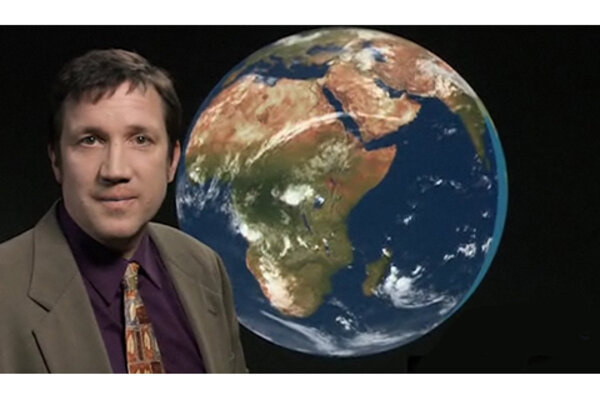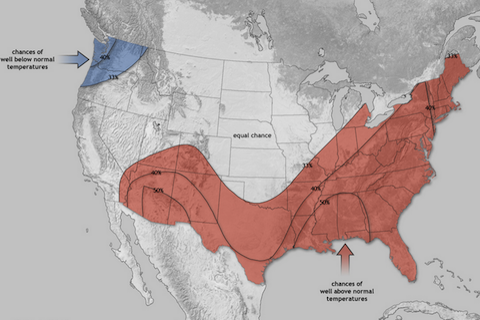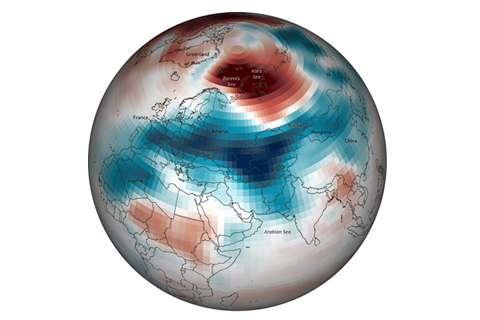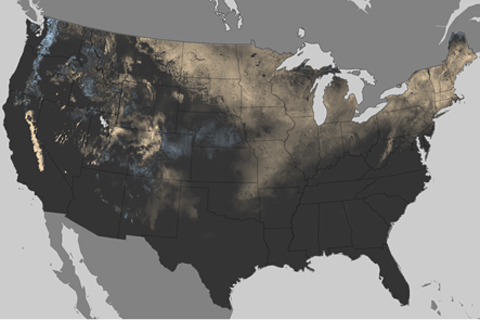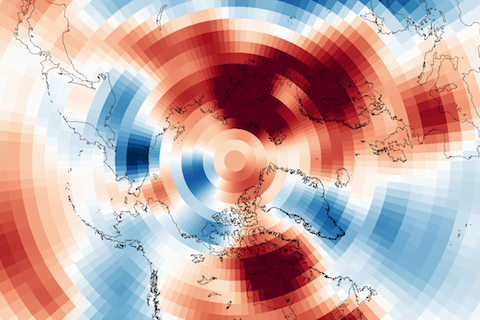
Temperatures in the eastern tropical Pacific Ocean swing back and forth like an irregular pendulum. The cool phase—which the Pacific has been in for the past two winters—is called La Niña. According to NOAA’s April 2012 ENSO Diagnostics Discussion, La Niña is fading and will likely be over by the end of April.
